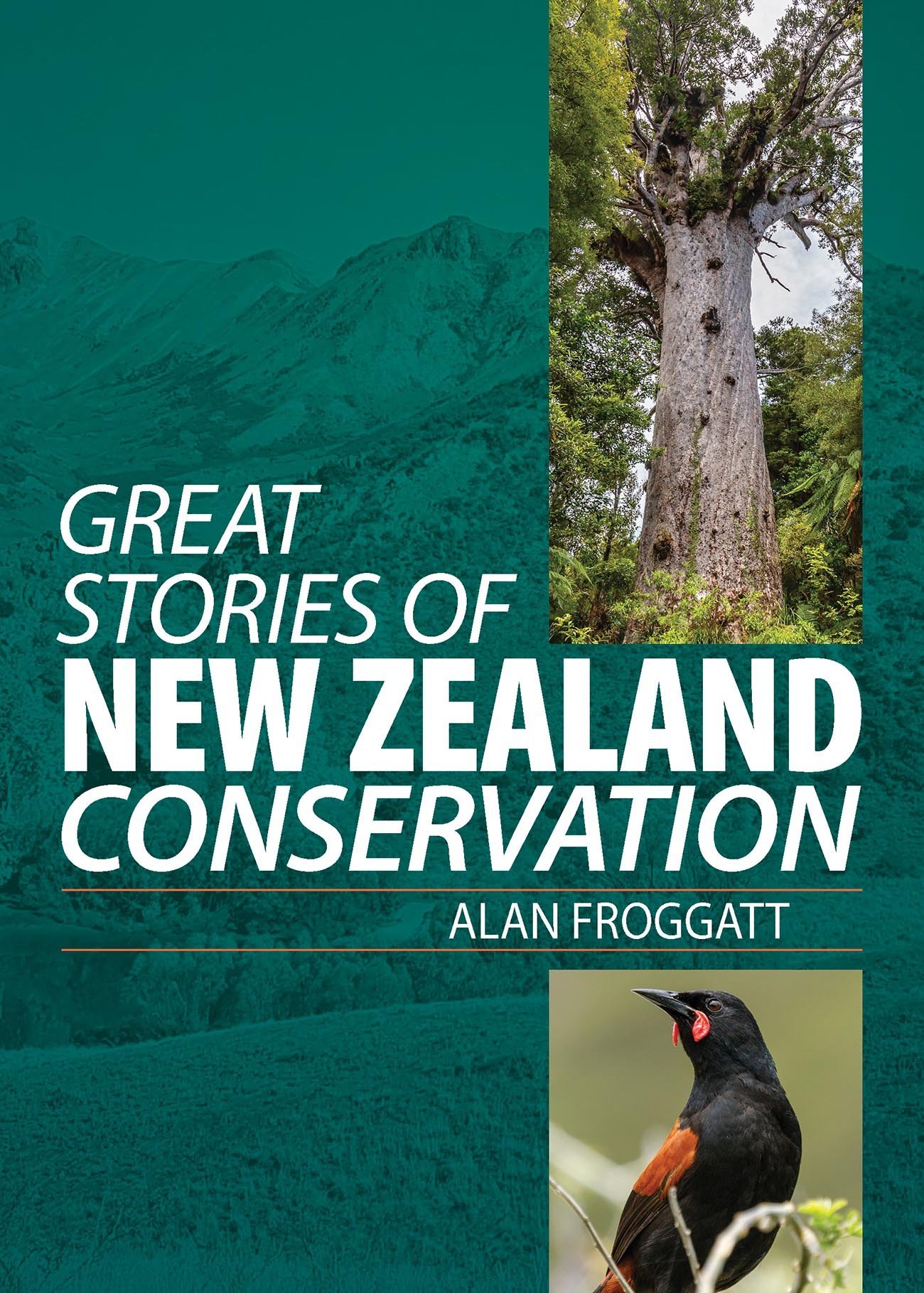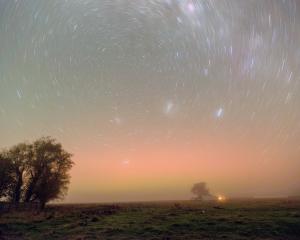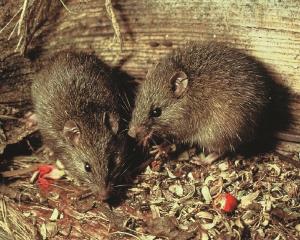
Saving the black robin, which is endemic to the Chatham Islands, from certain extinction was one of the world’s most spectacular conservation stories and set a standard for how the world’s most endangered birds can be saved.
The black robin (kakaruia) was first seen by a European when Henry Travers visited the privately owned rocky island known as Little Mangere in 1871 to research plants. It is a small, black sparrow-sized bird that mates for life, and nests in trees but is a poor flyer. It can be aggressive towards some other species but can also be fearless and is often very approachable. This find attracted the interest of the distinguished ornithologist Walter Buller who noted in his book Birds of New Zealand that by 1892 it was restricted to Mangere, Little Mangere, and Pitt Islands, in the Chathams and seemed to be in decline.
For 30 years there were no concerns for its survival, but in 1938 two daring university students, Charles Fleming, and Graham Turbott together with a local teacher Alan Worherspoon, one of whom was later to be knighted for his conservation work and the other a highly respected author and the early curator of Auckland War Memorial Museum, climbed the near vertical cliff face of Little Mangere, found only 12 pairs, and estimated the total population to be 20 to 35 pairs.
A subsequent visit by Doc staff in the 1960s revealed mutton bird poachers had cleared the bush from the top of Little Mangere for a helicopter pad and in doing so had destroyed much of the birds’ habitat. Later visits in the early 1970s revealed significantly fewer birds than previously estimated, and comparison between the various visits revealed an annual population mortality rate of about 40 percent. In 1972, an American scientist working with the Wildlife Service was assigned a research project on the species. He managed to band one bird with a blue leg-band and observed that their habitat was declining as was the number of robins and if something wasn’t done soon the species would probably become extinct. Five years later there were only seven birds left, and of these only two were females. To make things worse, it was discovered the bird with the blue leg-band was the only fertile female. At this point, the decision was taken to remove them from the now desolate rocky island and transfer them to the nearby, larger, 113ha Mangere Island which by now had been partly reforested with 120,000 ākeāke trees.
A team of seven, under the leadership of Don Merton, was assembled and given the task. He was a keen advocate of many of Richard Henry’s theories. He believed they worked and was keen to put them into practice.
The problem was to climb the cliff and shift the birds from the top of the island across an ocean gap to Mangere Island. The birds had to be netted, put into safe carry-boxes, and carried on the backs of the climbers down the sheer and dangerous crumbly 200-metre rock face. Then the rescue party had to face a heaving sea and row this precious cargo to their new home when just getting into and out of the dinghy presented significant challenges. None of these tasks were for the faint-hearted.
Given that the floor of Mangere Island consists of a deep layer of litter full of the insects and the grubs that the robins like, they adapted well. But that was after Don and the other Wildlife staff had shown them how to hunt by walking through the litter and exposing all the food.
The team noted that the robins usually lay only two eggs a year but suspected if they were to steal some the robins would lay a second clutch.
In fact, it is now known they will lay three clutches and build a new nest for each clutch, but each clutch will usually be built in the same tree or in the same location.

The team looked around again and selected the endemic Chathams Tomtit, which was resident on the not-too-far off Rangatira Island. A complicated routine was then developed to transfer the eggs to the tomtits to incubate them and raise the chicks, then return them to the black robin population, so that when reaching maturity, the tomtit raised young wouldn’t try to mate with their adopted families.
The team made sure to remove any eggs laid on the edges of the nest as so-called "rim eggs" are less likely to hatch. Finally, in an effort to improve the genetic pool, some adult black robins were moved to Rangatira Island to establish two independent populations.
Over the next few years, the habitats on both islands were improved by removing rodents, weka, and cats, and restoring the vegetation lost or modified by fire and grazing. The long-term goal is to restore sufficient areas of the island’s forests so that these birds can be re-established in a number of self-sustaining populations needing minimal management.
As Mangere Island is steep, difficult, and covered in hundreds of sea bird burrows it is a dangerous place for the untrained and the unwary.
Around 10,000 flax bushes were added in the 1970s to provide shelter for kākābeak shrubs and a range of hebes planted to provide shelter for future plantings of ākeāke. It is hoped that over time other birds will spread the seeds of other species to help achieve full restoration of the island.
By the end of the 1998/1999 season, there were 182 black robins on Rangatira and 72 on Mangere. At this point, the conservation plan was considered a success. But then it was found that 50 percent of the female birds were laying vulnerable rim eggs. Once this was established, Doc stopped removing them to let nature take its course, and by 2011 the percentage of rim eggs had fallen to 9 percent.
In 2020, the population was estimated at 230 mature individuals and this trend is expected to continue. When it is agreed that at least two self sustaining populations have been established a minimal management plan will be put into place.
Having produced many generations of black robins, Old Blue died at the unusually old age of 14, when the species has an average lifespan of 4-6 years. Perhaps it should not be a surprise that for long, valiant, and dedicated service to conservation, a few Forest & Bird members are honoured annually with an esteemed Old Blue Award.
The book
- Extract from Great Stories of New Zealand Conservation by Alan Froggatt. Out now $39.99 RRP (White Cloud Books).













